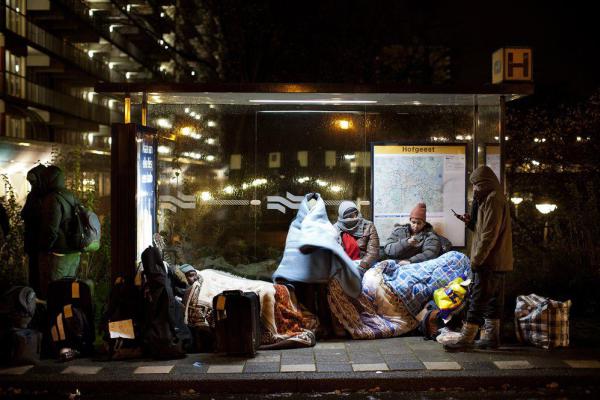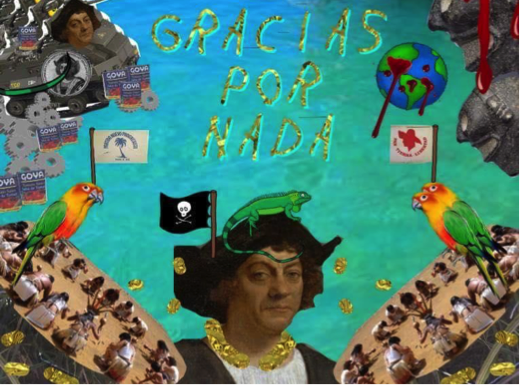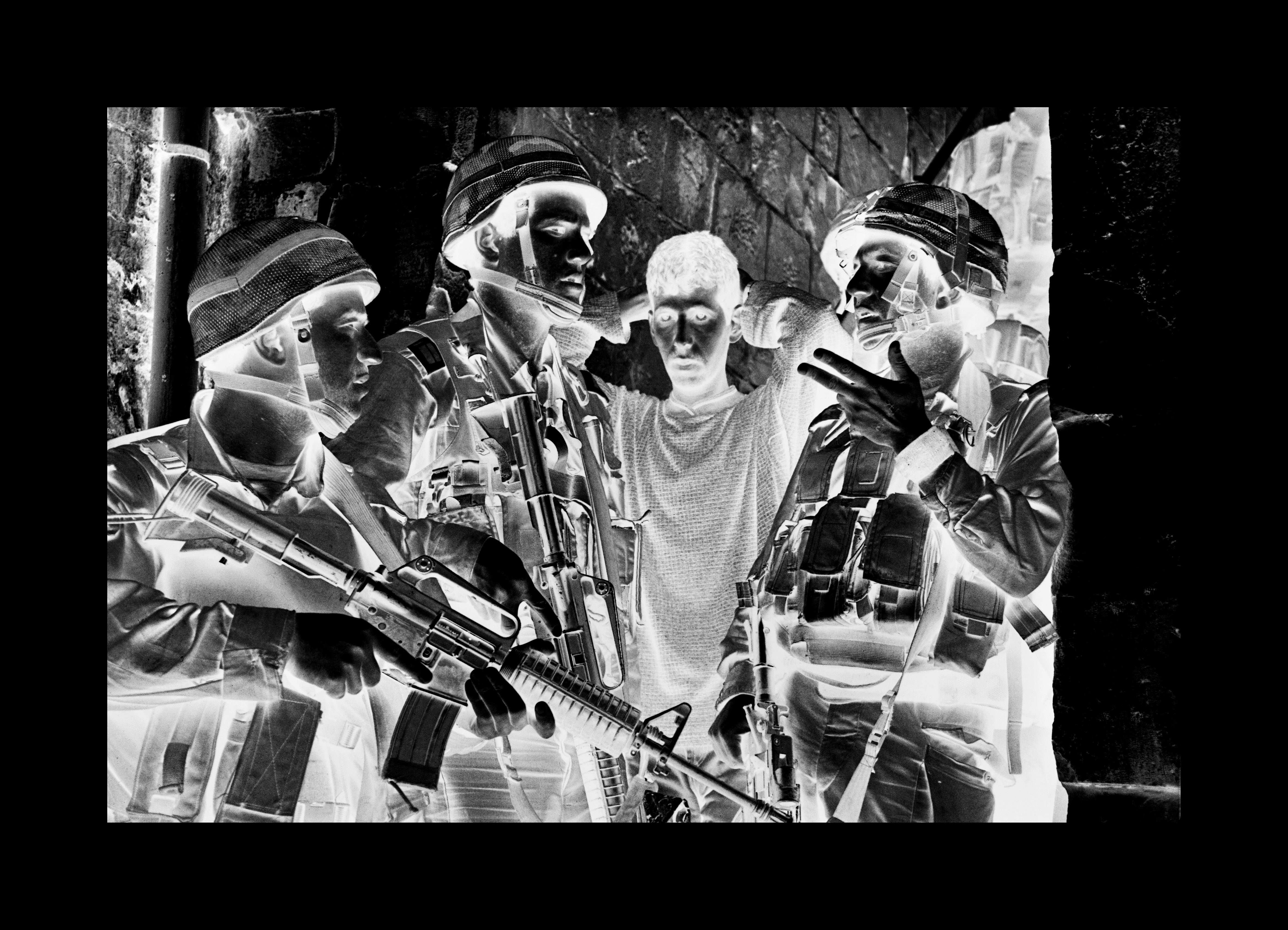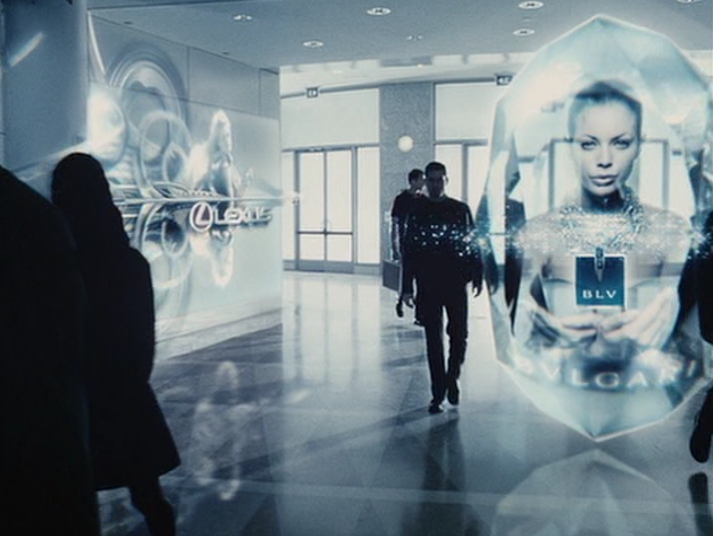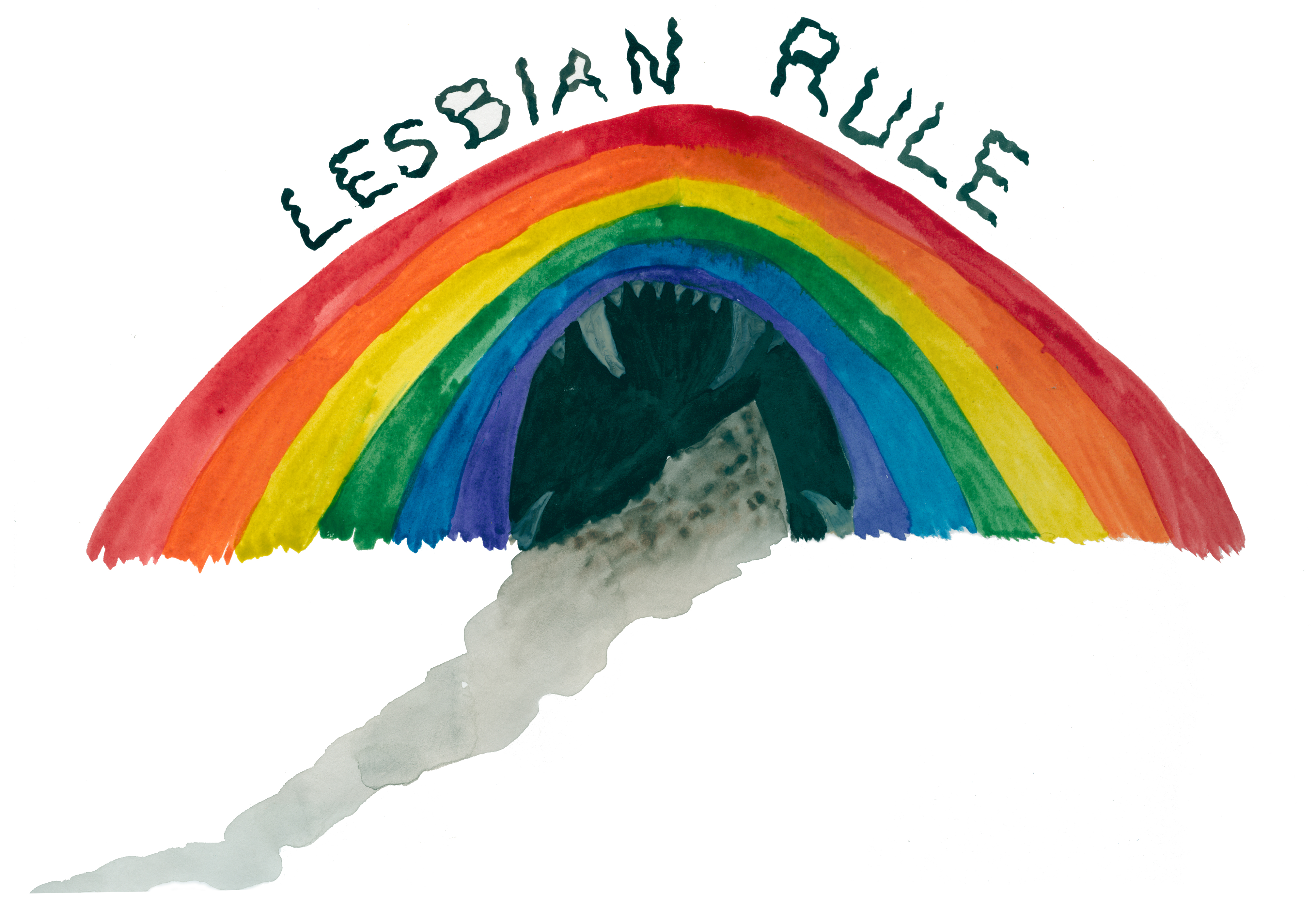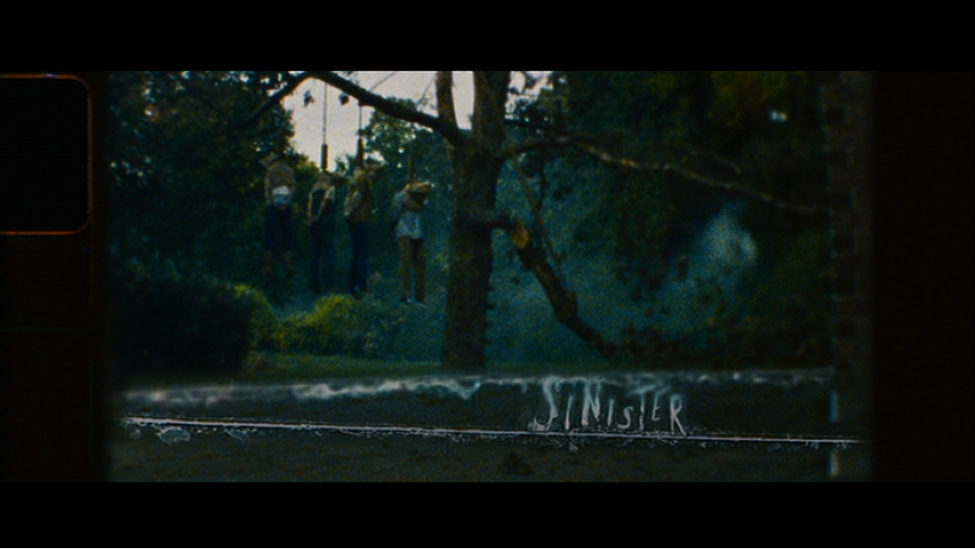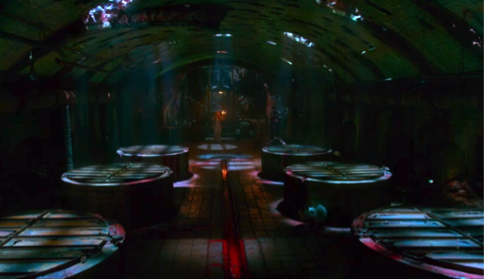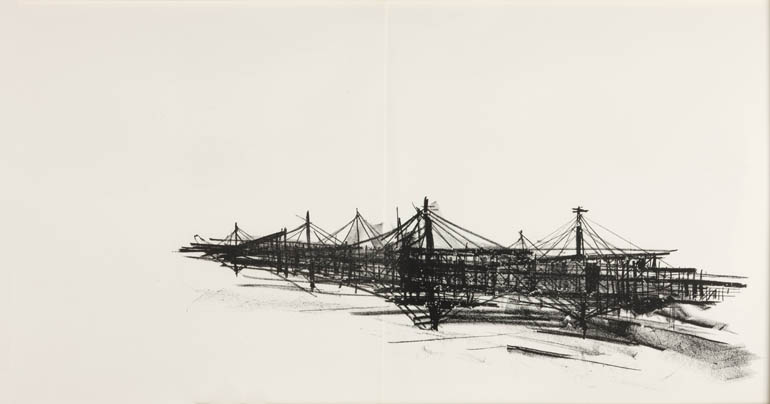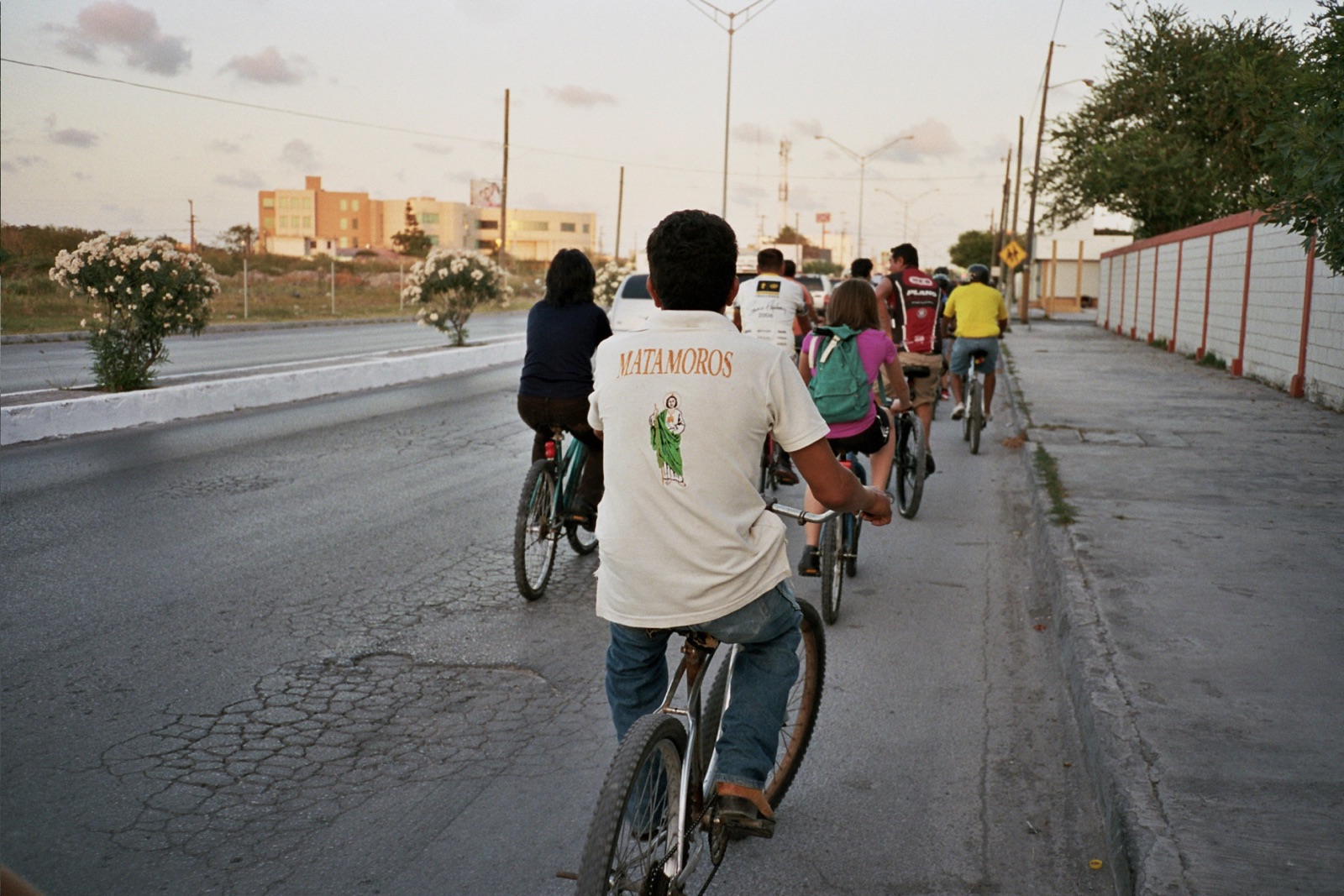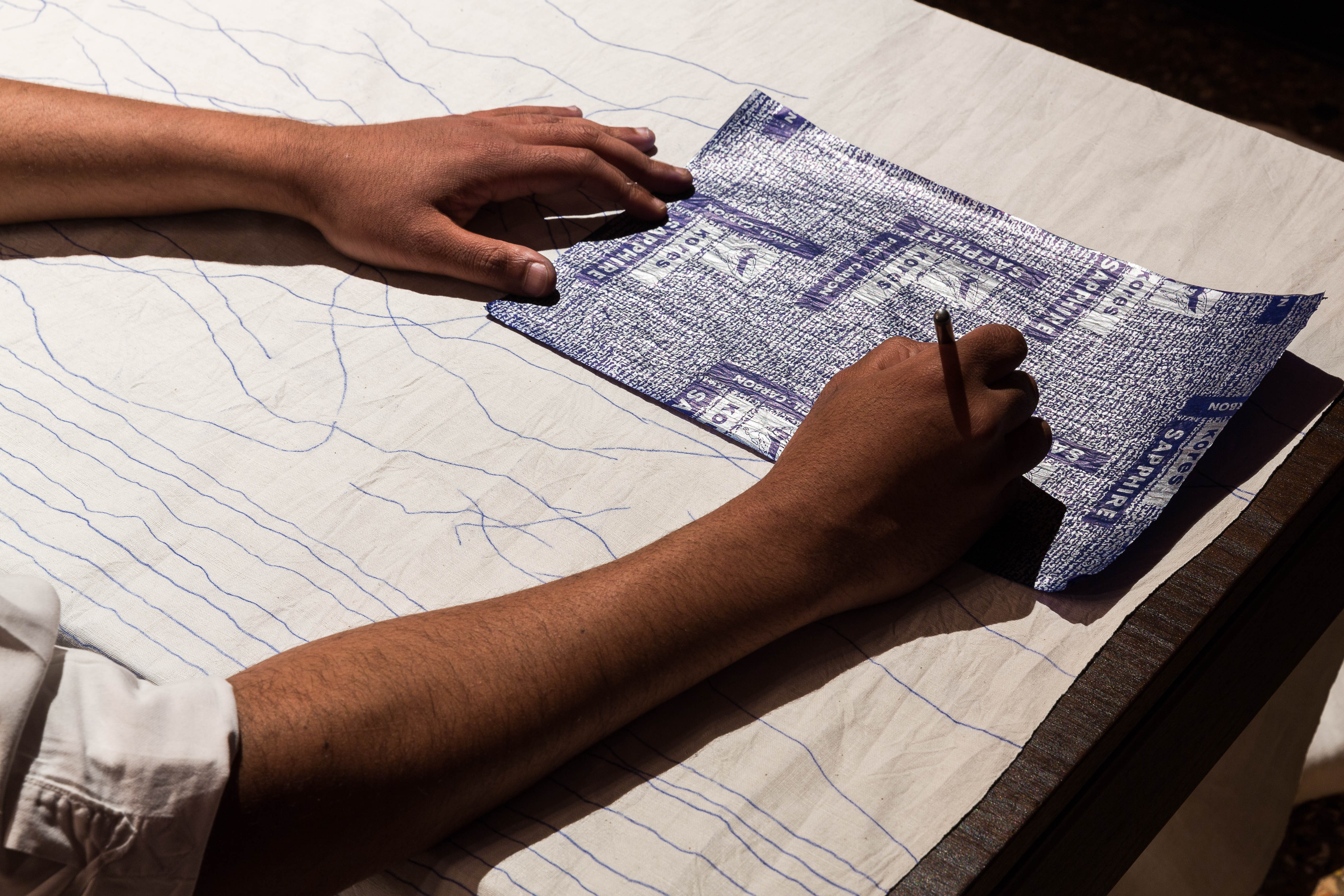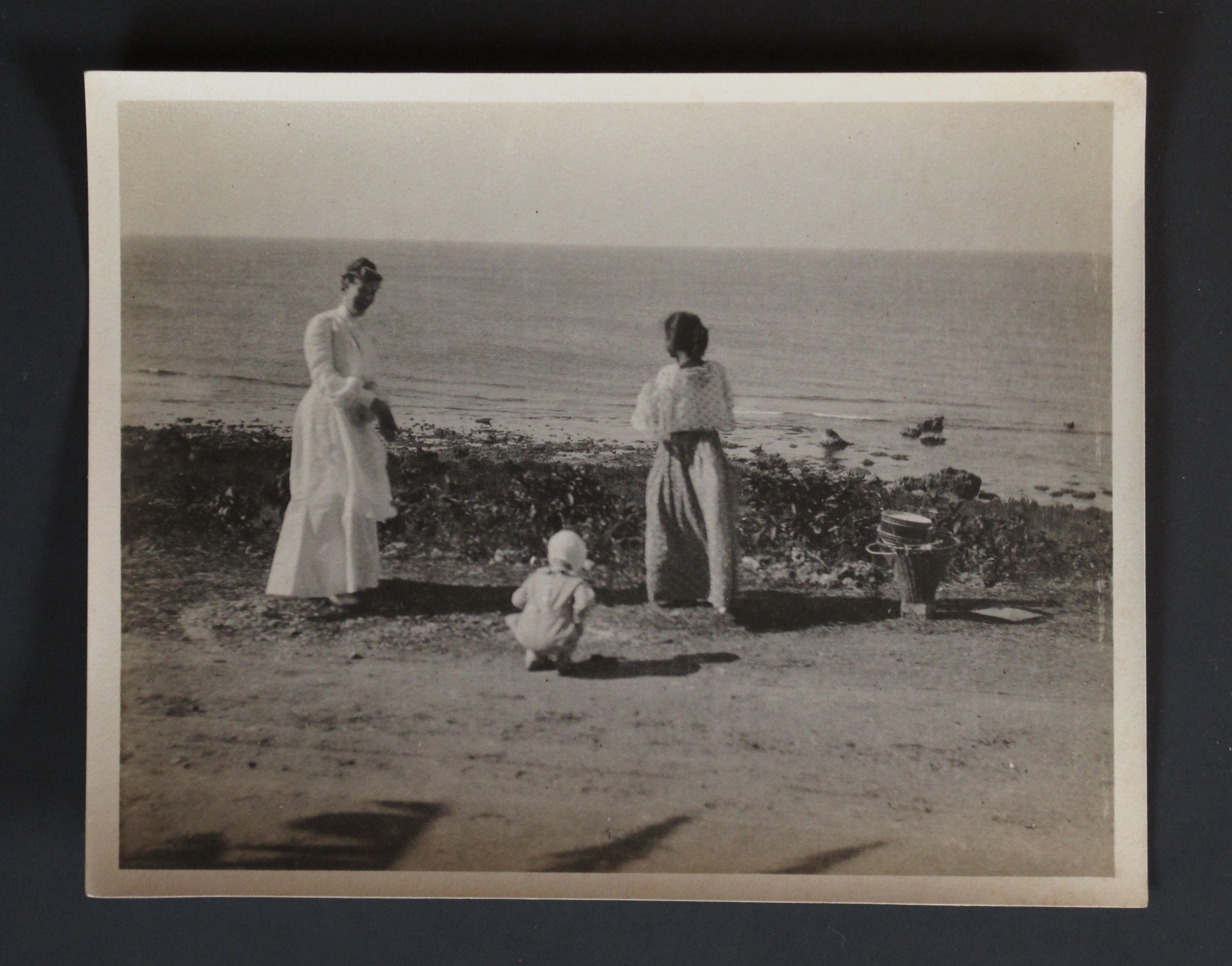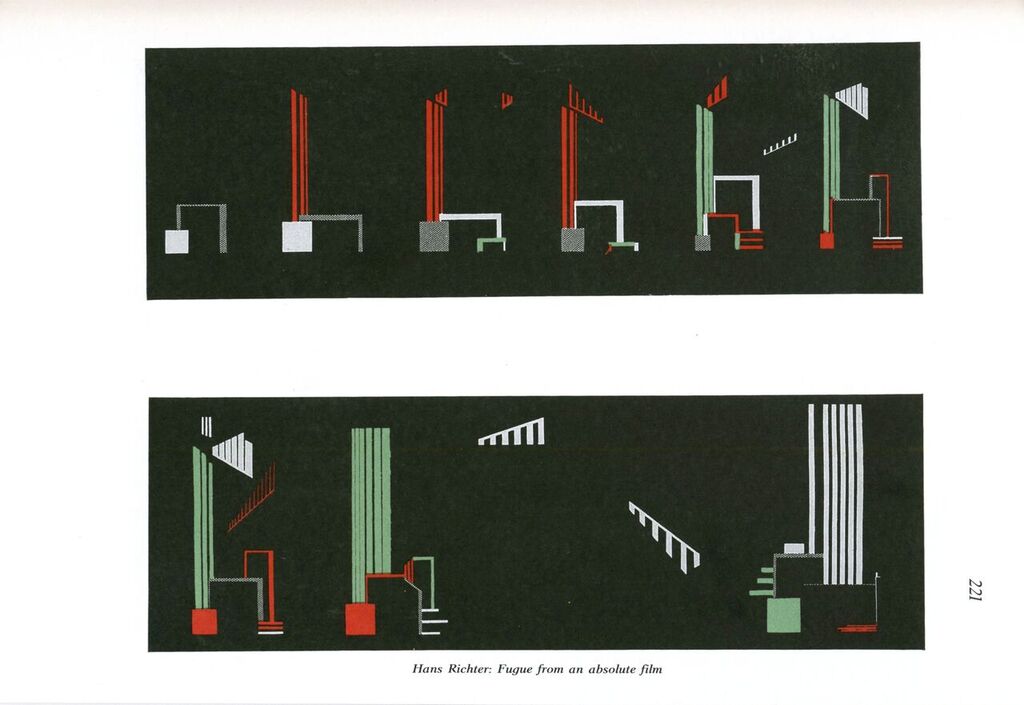Crisis of Invasion: Militaristic Language and the Legitimization of Identity and Place
By Emma Lansdowne On May 9, 2016, the alt-right news site Bugout News published an article entitled “It’s OFFICIAL: We’re Being Invaded By Illegal Immigrants And What Obama Has Reaped, We Will Sow,” in which the author declares that millions of Americans are “sick and tired of being forced to witness and accept a massive invasion of third-world poor into their country.”1This message of crisis, writes J. Dougherty under the web name Usafeaturesmedia, is a direct reflection of and signals agreement with the anti-immigration message put forth during the presidential campaign by current U.S. President, Donald J. Trump. 2 Trump’s hard-line campaign proposals on border control became a rallying cry for right-wing Americans who remain suspicious of asylum-seekers and view illegal immigration as one of the greatest threats not simply to national security, but to nationhood itself. Conservative journalist Pat Buchanan neatly summarized this position on the public affairs program The McLaughlin Group in early January 2016 when he warned that “if the invasion of Europe and the United States are not stopped, these — the …

